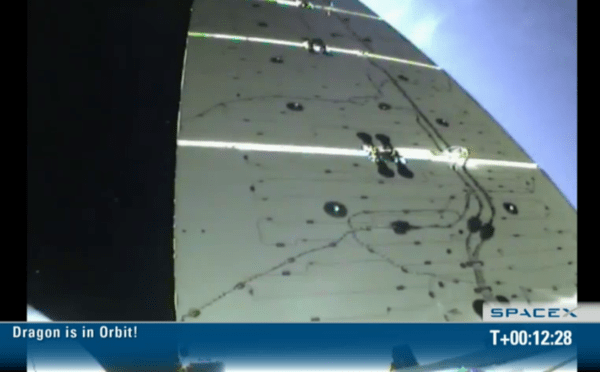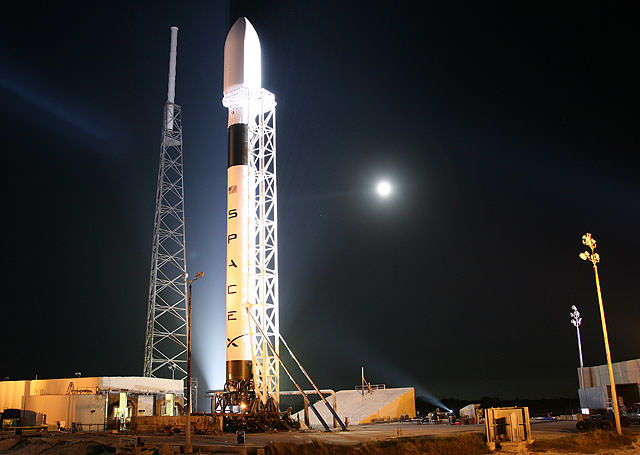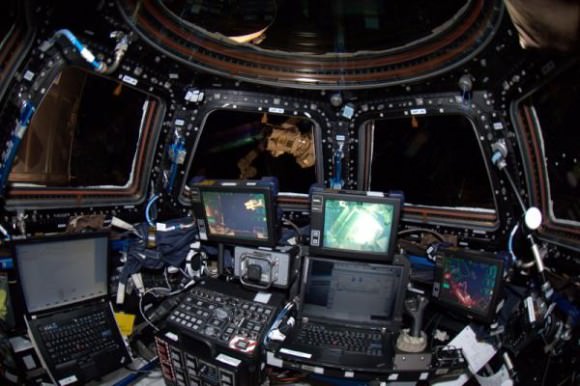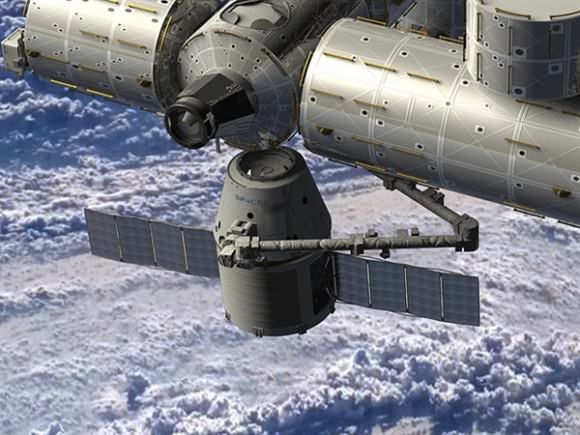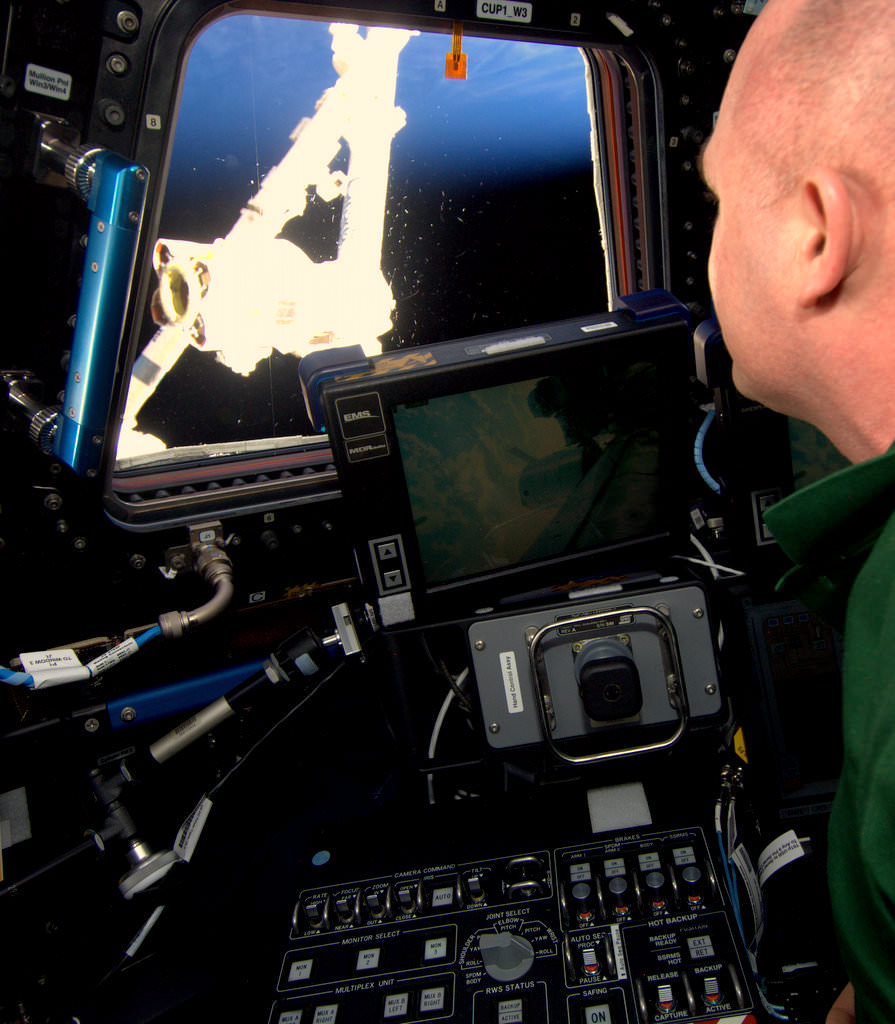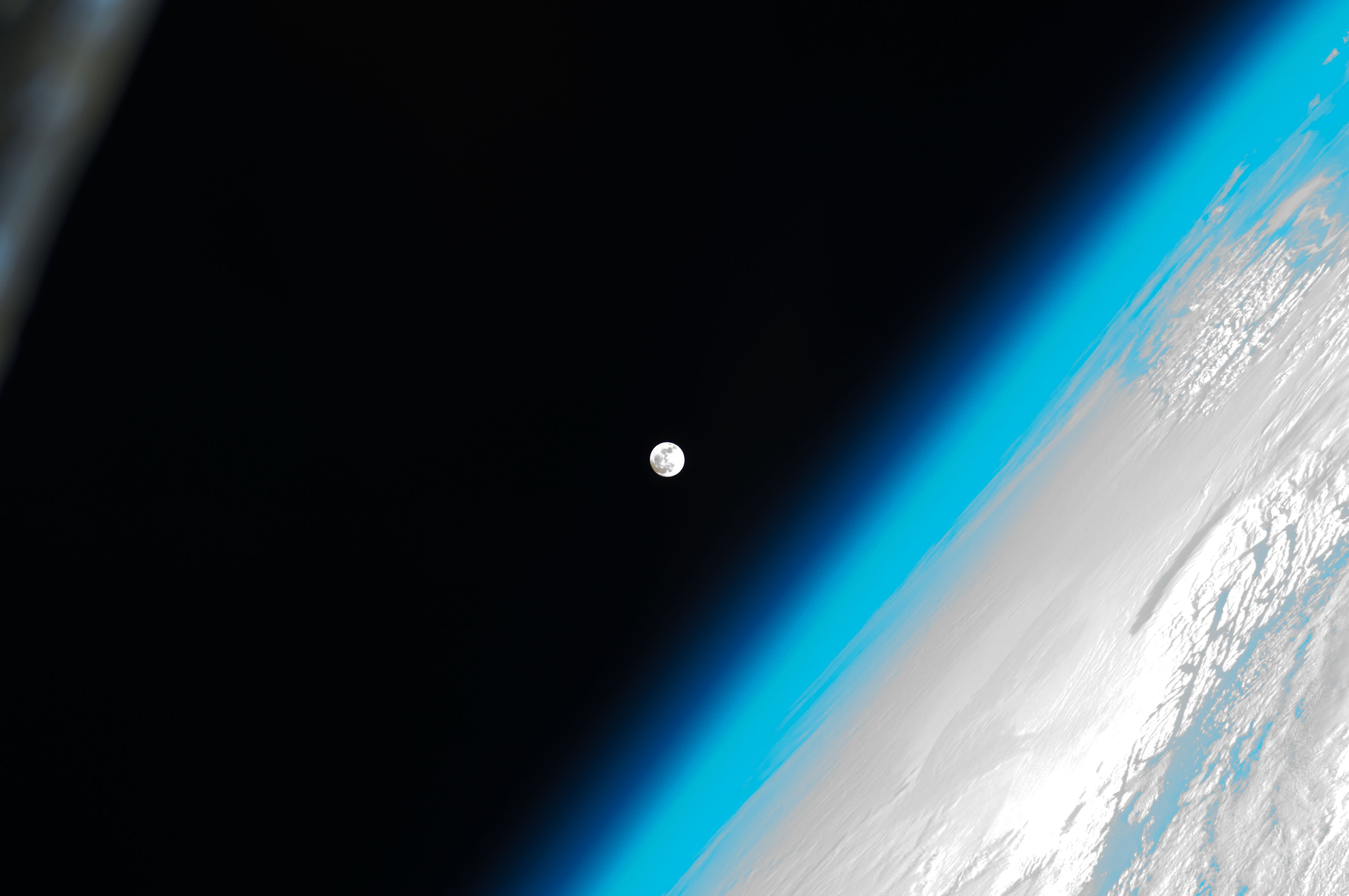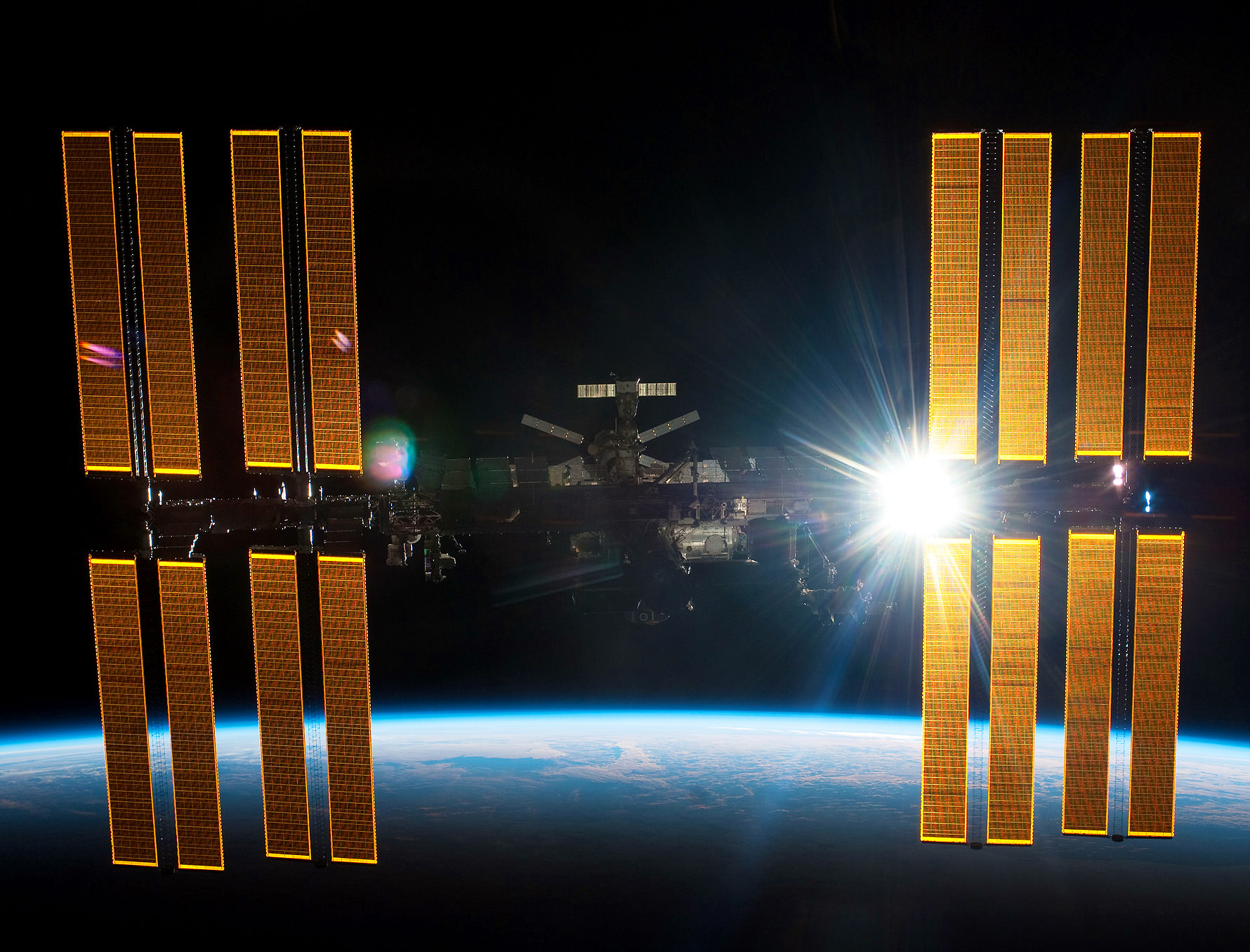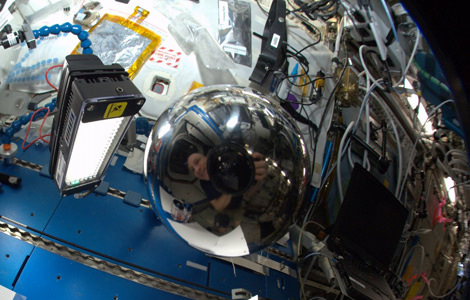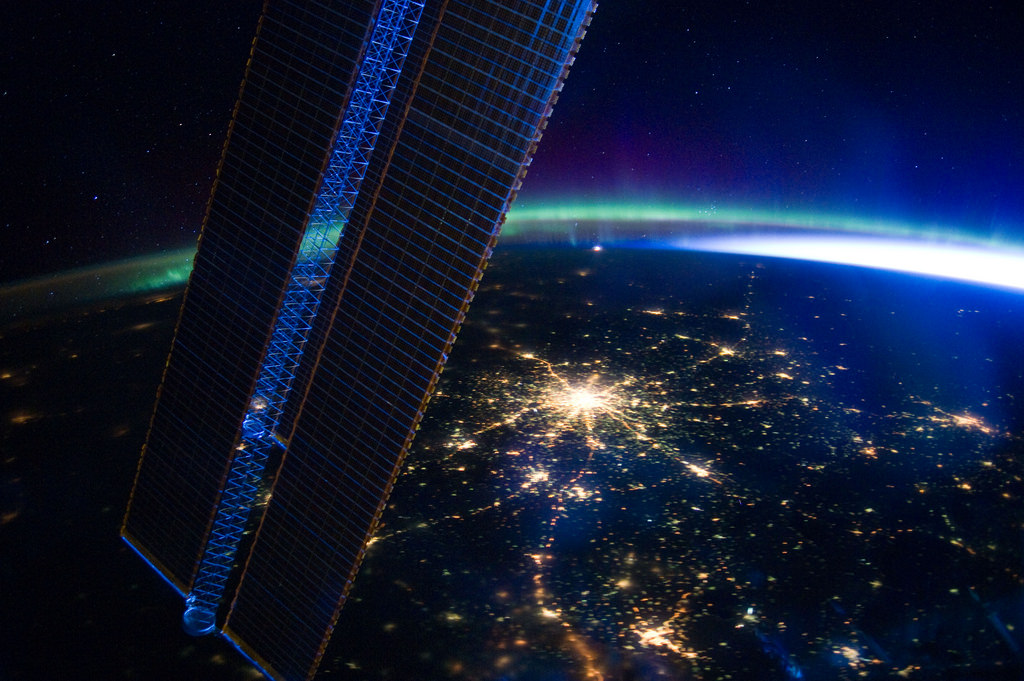Do you believe in Dragons? In a spectacular night launch, SpaceX’s Falcon 9 rocket carrying the Dragon capsule is now heading for the first commercial rendezvous at the International Space Station. With an official launch time of 07:44:38 UTC/3:44:38 a.m. EDT, the Dragon capsule is now safely in orbit with its solar array wings deployed, and the mission begins for the COTS-2/3 cargo delivery demonstration mission.
“Falcon flew perfectly!! Dragon in orbit, comm locked and solar arrays active!! Feels like a giant weight just came off my back :),” Tweeted Elon Musk, SpaceX CEO.
“Today marks the beginning of a new era in exploration,” said NASA Administrator Charles Bolden, following the launch. “A private company has launched a spacecraft to the International Space Station that will attempt to dock there for the first time. And while there is a lot of work ahead to successfully complete this mission, we are certainly off to good start… This demonstrates the future of American space exploration, to have private industry provide for access to low Earth orbit while NASA goes off and does what it does best in exploring beyond in our solar system. It’s a great day for America, a great day for the world because there were people who thought that we were going away. We are not going away at all. The SpaceX/NASA team came through with flying colors.”
[/caption]
“The entire team at SpaceX and at NASA should be commended for their success on this third test flight of the Falcon 9 rocket,” said former astronaut Michael Lopez-Alegria, who is now the President of the Commercial Spaceflight Federation. “The preparations and precautions taken by SpaceX and NASA in months past have contributed to their exemplary performance today. After seeing the smooth launch SpaceX just executed, it is easy to forget that this is indeed rocket science.”
The Falcon 9 appeared to fly flawlessly, and after the crucial moment of solar array deploy, there were hugs and cheers all around in SpaceX’s mission control room.
The rendezvous at the ISS will happen on May 25, with the Canadarm2 grapple occurring at 12:06 GMT (8:06 a.m. EDT) on the 25th.
NASA has updated their Satellite Sightings page to include when the Dragon will be visible in the night skies.
The White House issued a statement from John Holdren, Assistant to the President for Science and Technology: “Congratulations to the teams at SpaceX and NASA for this morning’s successful launch of the Falcon 9 rocket from Cape Canaveral Air Force Station in Florida. Every launch into space is a thrilling event, but this one is especially exciting because it represents the potential of a new era in American spaceflight. Partnering with U.S. companies such as SpaceX to provide cargo and eventually crew service to the International Space Station is a cornerstone of the President’s plan for maintaining America’s leadership in space. This expanded role for the private sector will free up more of NASA’s resources to do what NASA does best — tackle the most demanding technological challenges in space, including those of human space flight beyond low Earth orbit. I could not be more proud of our NASA and SpaceX scientists and engineers, and I look forward to following this and many more missions like it.”
We’ll have more details and images from Ken Kremer and our group of photographers, live from Kennedy Space Center.

